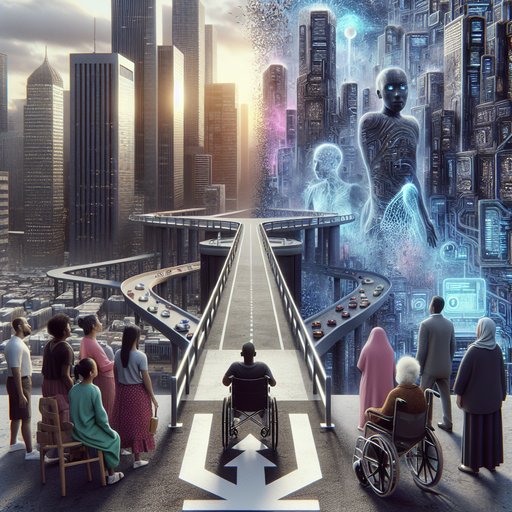- Details
- Written by: Valenenzia Gruelle

The question keeps boomeranging through boardrooms and break rooms: Will AI take your job? The query is newly sharpened by a sober headline from the computing establishment—“Will AI Take Your Job?”—which captures the cultural temperature as much as the current evidence [10]. But the more urgent version is one we too often ignore: Will AI take your job if you are disabled, chronically ill, neurodivergent, or otherwise pushed to the margins of the labor market? Whether intelligent machines become prosthetics for human capability or bulldozers of fragile opportunity depends on choices we make now—how we design, deploy, and govern tools that could either widen or bridge the access gap.
- Details
- Written by: Valenenzia Gruelle

Gen Z’s plea is not for ping‑pong tables or perfunctory “wellness” days. It’s a demand that managers change the way we work, full stop—a mandate captured bluntly in a recent headline: Gen Z want managers to change the way we work [7]. The urgency in that line lands differently depending on whether you grew up on dial‑up or digital native instincts, whether you command software with ease or squint at yet another workplace dashboard. The danger is that we answer a generational call with a managerial shrug, mistaking a deep structural ask for style points. The opportunity is to use this moment to rebuild work as a commons, not a gated app: intelligible, humane, and navigable for all ages and backgrounds.
- Details
- Written by: Valenenzia Gruelle

Eli Lilly’s decision to invest $6.5 billion in a new active pharmaceutical ingredient (API) manufacturing facility in Texas is more than a headline about jobs and concrete; it’s a referendum on how we want automation to reshape work and wealth in the real economy [5]. The plant will be software-heavy and sensor-dense, because modern drug manufacturing must be—yet the moral question isn’t whether machines will be involved, but for whom the gains will accrue and how communities will share in them. In a year when AI is recoding job descriptions as quickly as it spins proteins, Lilly’s move becomes a case study for balancing efficiency against equity, and for writing a social contract that dignifies work at every age and skill level.
- Details
- Written by: Valenenzia Gruelle

Canada now has an evidence-based ranking of antimicrobial resistance (AMR) priority pathogens, published on September 17, 2025, with an explicit eye toward public health implications [1]. The list is a sober instrument: a map of microbial threats designed to guide attention, budgets, and behavior. But maps are only as humane as the journeys they enable. As breakthrough technologies for detection, modeling, and drug discovery accelerate, public understanding across communities lags behind, risking a split-screen society where experts speak in heatmaps and households hear only the word “superbug.” The AMR list can be a civic compass—if we pair it with ethical rollout, clear communication, and inclusive education that treats every generation as a partner rather than an audience [1].












































